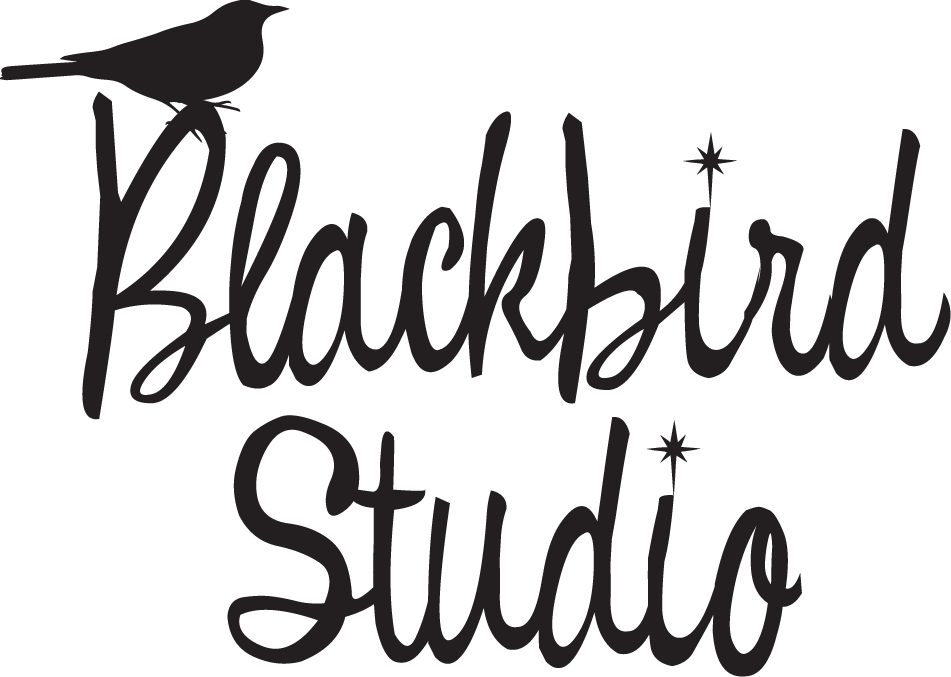Connection.
by
Every activity has its stereotypes and clichés attached, and yoga is no exception. All of us yogis have our friends who will never understand the appeal of yoga and make frequent jokes about spandex, flexibility, and hippies.
“Next you’ll be dreading your hair and running off to India,” they’ll laugh, as you walk out the door with your mat tucked under your arm. “Why don’t you take up running or cycling and stop wasting time stretching if you want a real workout?”
Much of this confusion about reputation stems from the great variety of different practices. There are so many different type of yoga that trying to count them all is pointless, and it’s true that there is a practice for everybody and every body. Yoga can be a restoration, a spiritual practice, a workout, or all three.
I don’t think it’s a stretch to say that the vinyasa we teach at Blackbird leans towards the workout side of the scale, nor to say that our students want to be challenged by their practices. However, the workout aspect is not the only draw for practitioners of this type of yoga. Vinyasa, loosely translated from Sanskrit as “connection”, is named because of how the poses are linked together into a flow or dance. Its appeal lies in having the flexibility to plan a wide range of classes with any number of different sequences within a familiar structure, linking the sequences together with the ‘vinyasa’ sequence of plank, up dog, and down dog.
I am personally drawn to vinyasa because of this flowing nature. The transitions between poses are purposefully connected to inhales and exhales, which allows the student to get deeper into both their own breath and the rhythm of the practice. In turn, this connection of the body with the breath allows an access to a deeper state of consciousness which is commonly referred to in yoga as ‘the place between ease and effort’, where a pose is held with tension in neither the body or the brain. For me, this ‘place’ is both the reason I keep coming back to my mat and the reason it’s so hard to explain the appeal to non-yogis. It is not a phenomenon exclusive to yoga- some liken the feeling to a ‘runner’s high’- but if you are talking to someone who hasn’t experienced it, the sensation is hard to describe.
With all of these different types of connections between the elements of the practice, it’s clear that the name ‘vinyasa’ is very apt! These connections or links are ultimately the key to the practice. With them, the student can access a higher state of mind, a stronger body, and a calmer mood. Perhaps the next time a non-yogi friend asks what it’s all about, I’ll simply say, “Connnection.”
Love, Cassie
